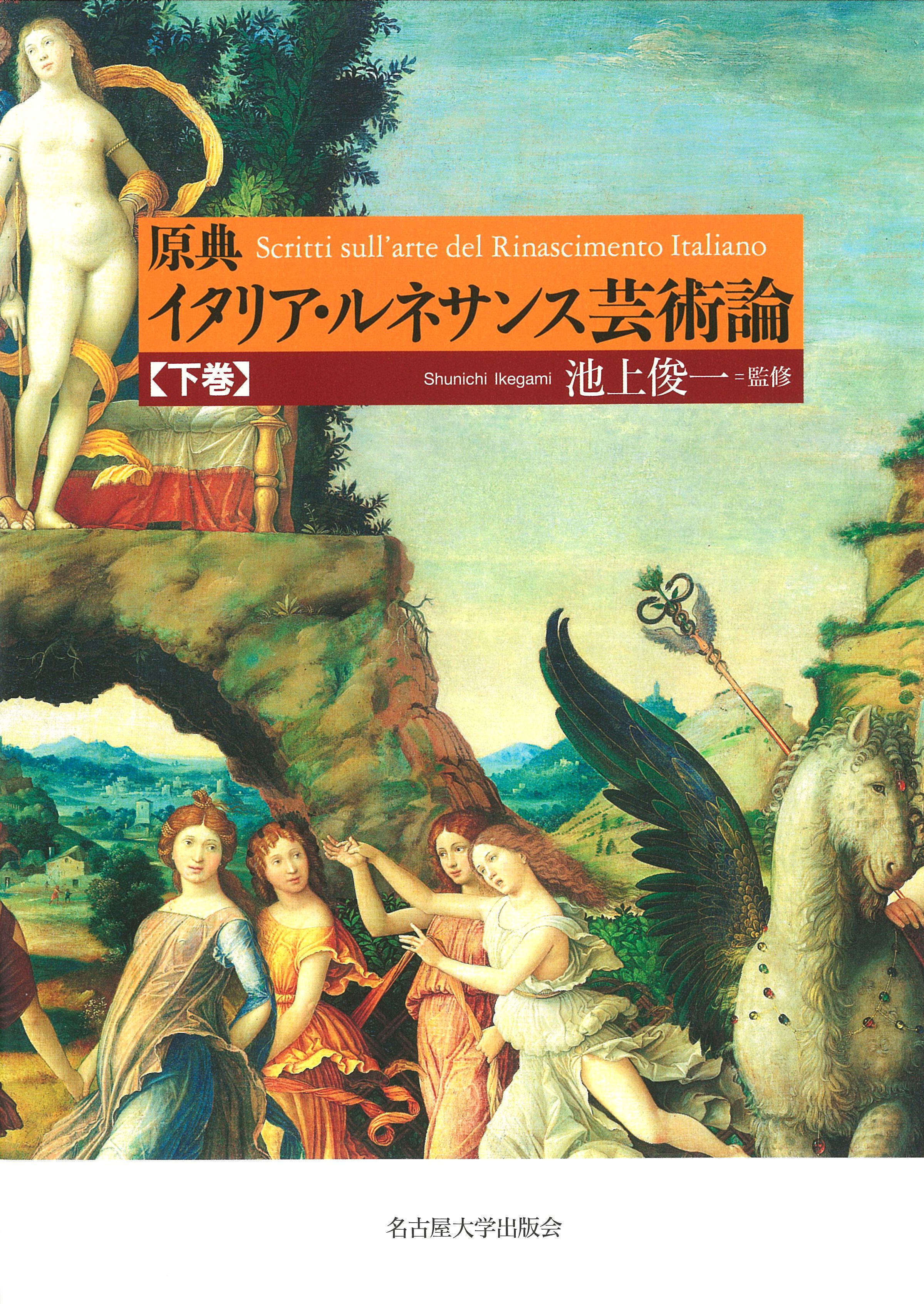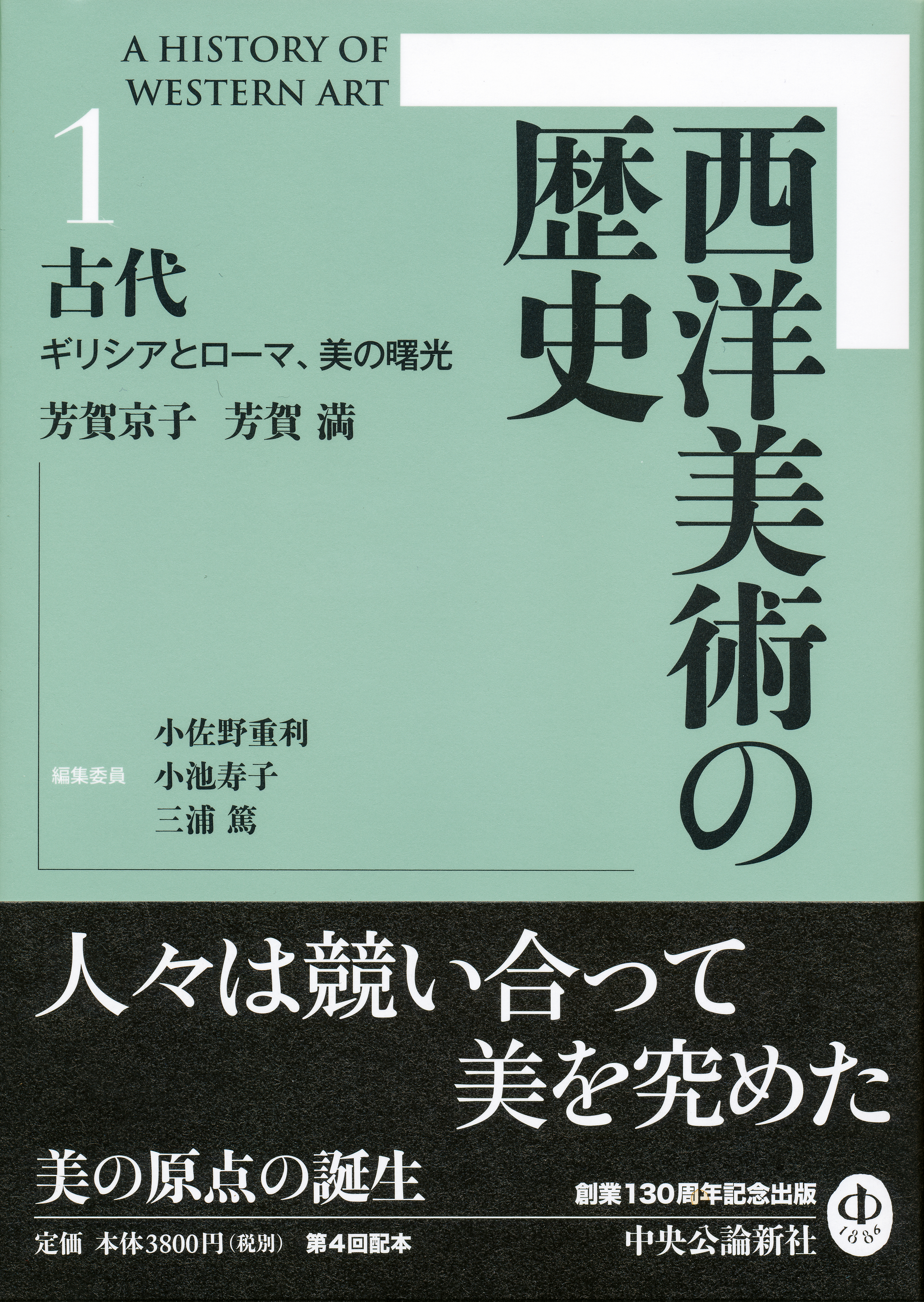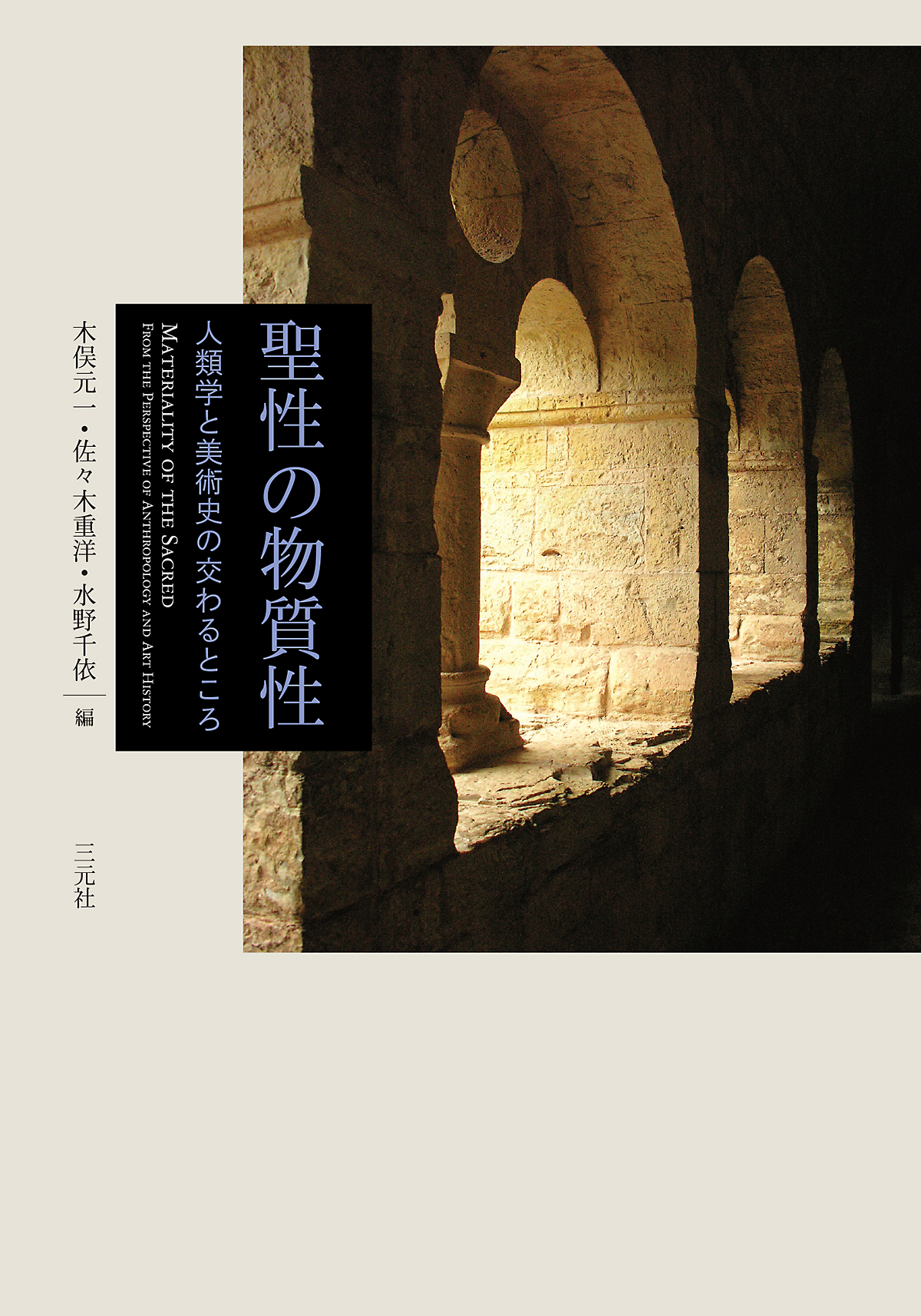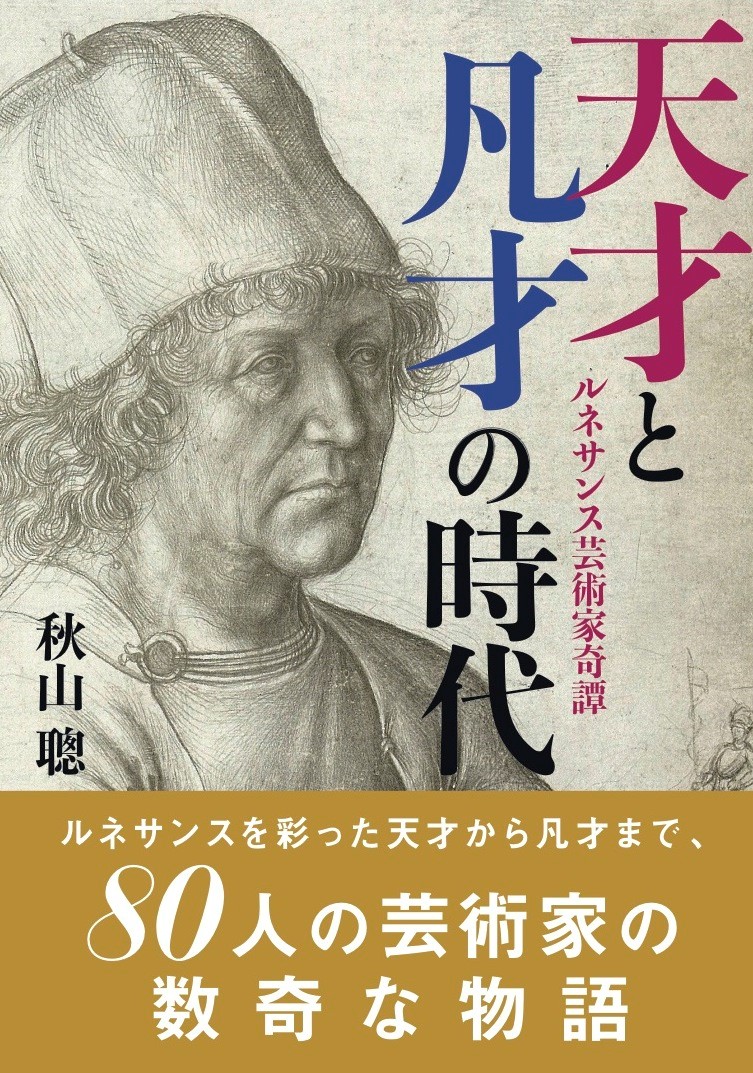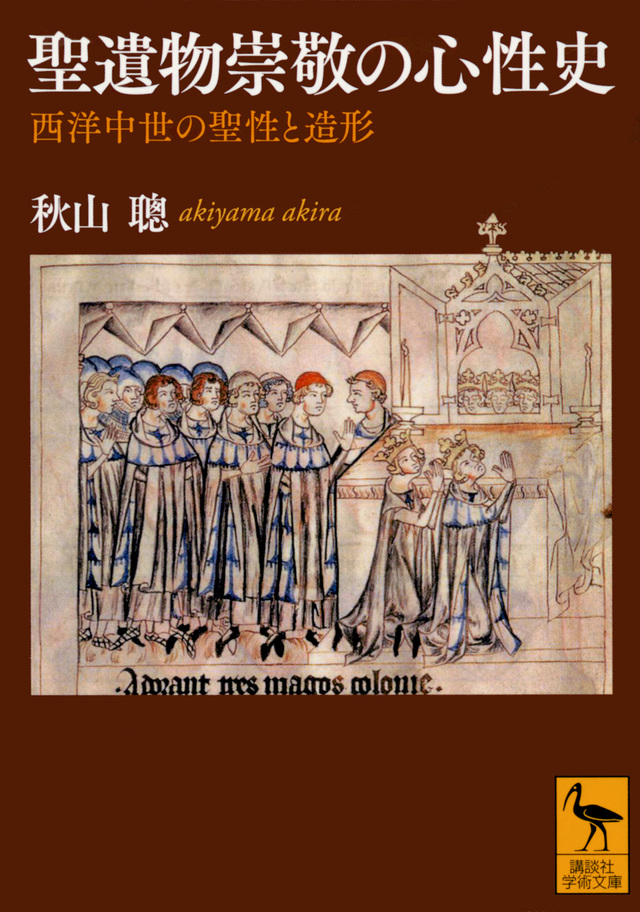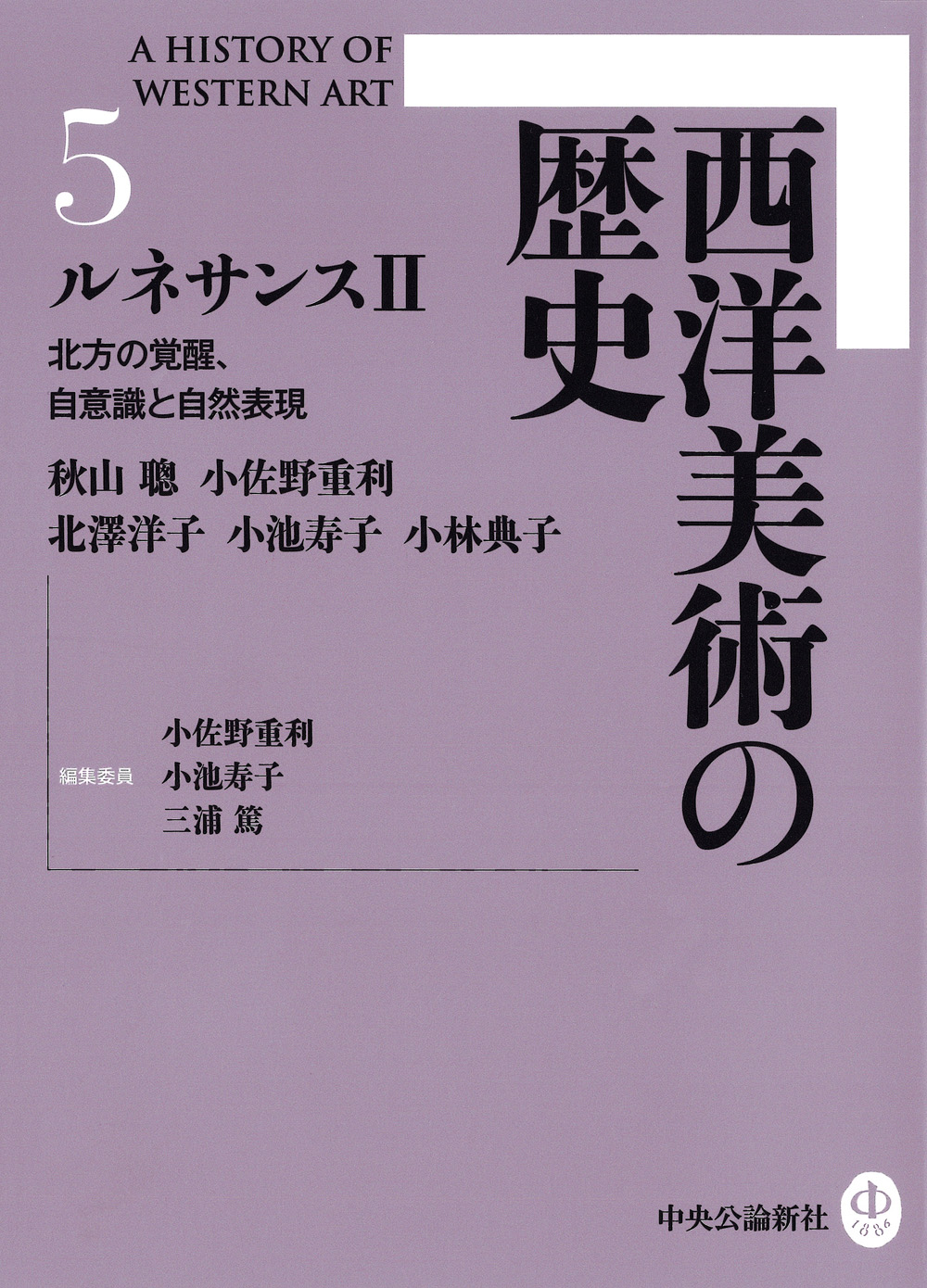
Title
A History of Western Art 5 Seiyō Bijutsu no Rekishi 5, Renaissance II (Renaissance II: The Northern Awakening; Self-Awareness and the Depiction of Nature)
Size
680 pages, B6 format
Language
Japanese
Released
April 30, 2017
ISBN
978-4-12-403595-7
Published by
Chuokoron-Shinsha Inc.
Book Info
See Book Availability at Library
Japanese Page
Of the various genres of Western Art, the most popular in Japan are French Modernism, Italian Renaissance art, and the art of the Baroque. On the other hand, while the historical significance of genres such as medieval and early modern German art and early Dutch art is understood, they are not exhibited as frequently and attract rather little interest. This book is one of a series of eight volumes published under the general title of Seiyō bijutsu no rekishi (A History of Western Art) to commemorate the 130th anniversary of the foundation of the Chūō Kōron Shinsha imprint, and it covers precisely the “less popular” genres mentioned above—the art of the regions north of the Alps from the late middle ages through the early modern period. Although a number of general surveys and outlines of Western Art were published in Japan while the economy was strong, publications trailed off from the mid-1990s onwards. This series takes a different approach from previous general surveys and outlines, in that it courageously (or recklessly) professes itself to be a “history of art through the written word.” The major difference between this series and the general survey, with its reproductions of masterpieces appended by explanatory essays and outline emphasizing textbook-style verbal descriptions, is that each of the writers is free to develop his or her own thesis from a personal perspective, without fear or favor (and indeed, to express any personal biases as well). If we were to compare the series to a university lecture course, it would not be a general course but rather a series of special lectures. Thus, we do not expect any similar overview of the history of Western art to appear in print again in the future.
My personal responsibility for this volume was Chapters 1, 6, and 7. Chapter 1 argues that the art patronage of Charles IV was closely related to his project of sacralizing the city of Prague through his relic-collecting endeavors. In writing this chapter, I kept in mind the bias toward pictorial art in Japanese-language introductions to Western art; thus, I deliberately chose to focus on a large number of fine works in metal. In Chapter 6, I attempted to shed light on the distinctive relationship between beauty and ugliness that forms the undercurrent of German art while examining Dürer’s aesthetics. Given the major role that royal courts played in the historical development of art north of the Alps, this chapter also introduces various aspects of artists’ lives and activities in the courts of the Netherlands, France, Germany, and Bohemia, comparing historical sources such as inventories of treasures with extant works. Chapter 1 begins and Chapter 7 ends with a discussion of developments in Prague. This is partly coincidental, but at the same time, this chapter’s focus on the unexpected importance of Bohemia also introduces a new angle on the art of the Renaissance, which tends to be discussed with Western Europe as its main focus. Furthermore, the final figure features two suits of armor produced by an armorer in Nara, which, tradition has it, were a present from Tokugawa Ieyasu to Rudolf II. We may take this as a symbol of the global nature of art around 1600 (notwithstanding how the armor is cataloged as “Indian” in Prague).
So, if anything, this book (and indeed, this series) may not be the perfect publication for the reader looking for a general history of Western art. However, the reader will discover that art history researchers today, confronting the objects covered in these pages, are developing a remarkable range and variety of ideas. My sense is that the ideal reader for this work would be someone who wonders how best to study visual objects within the context of the humanities and who wants to make use of this work to refine their own methods of research.
(Written by AKIYAMA Akira, Professor, Graduate School of Humanities and Sociology / 2018)



 Find a book
Find a book


